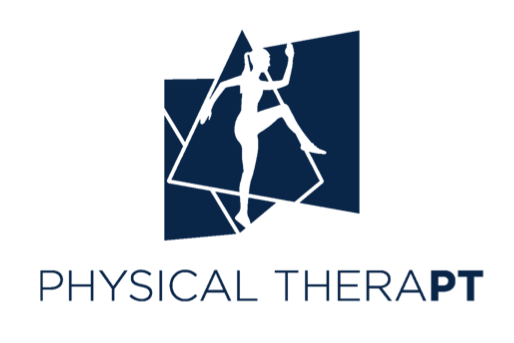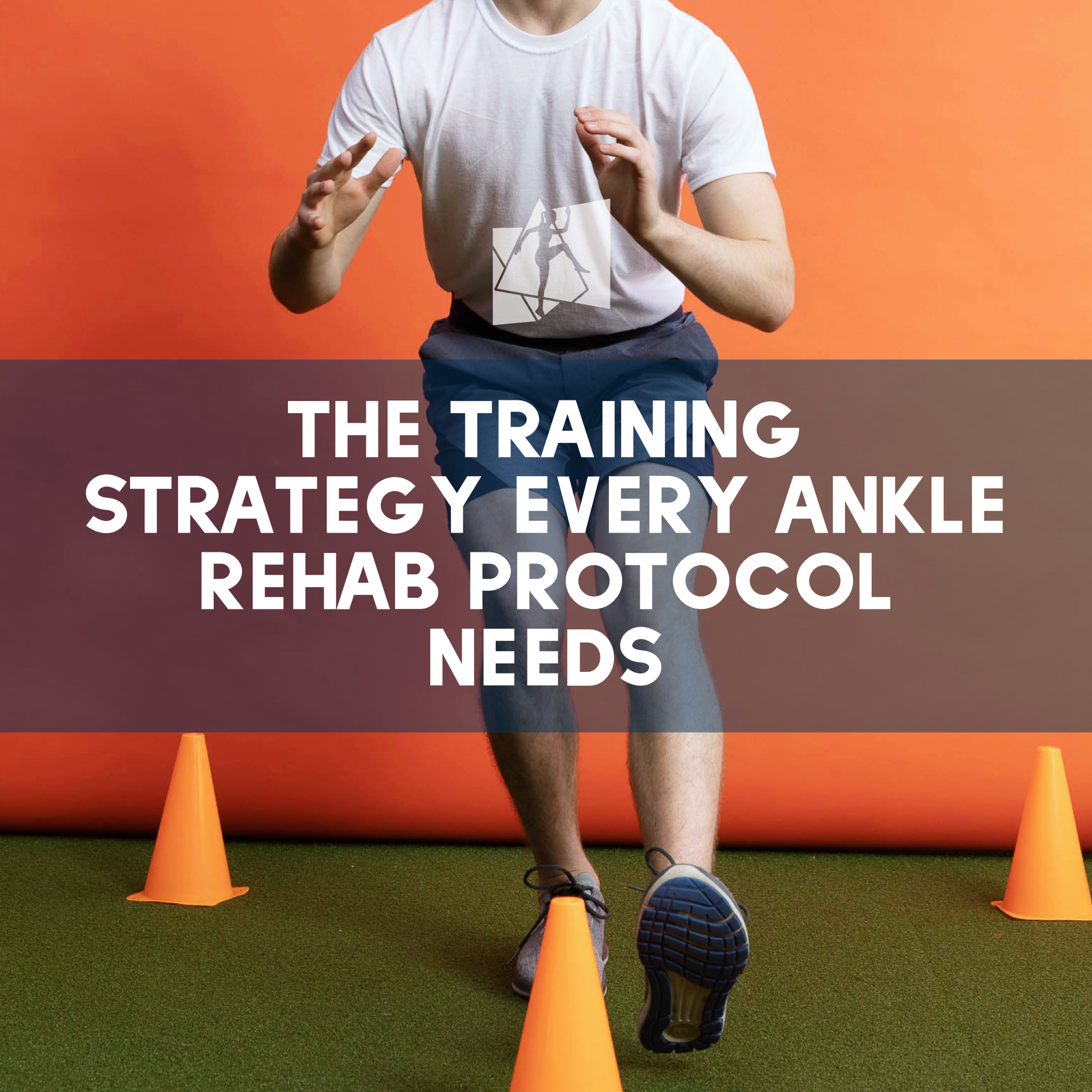Consistent care after an ankle sprain is essential to returning to high levels of play. Physical therapists and athletic trainers use a combination of manual therapy and targeted exercises, like this cone drill, to return tissue to a healthy and strong state. The same exercise can be made even more challenging by adjusting factors, like distance and height of the cones, or the surface density.
But why all this wacky balance work? Injury doesn’t just impact bony or soft tissues; nerves are often impacted as well. Mechanoreceptors are sensory neurons found within joint capsular tissues, ligaments, tendons, muscles and skin. These cells respond to movement and touch, and contribute to our sense of proprioception, or a sense of where the body is in space. Proprioceptive training programs are effective at reducing the rate of ankle sprains in sporting participants, particularly those with a history of ankle sprain.
In addition to impacting structures centrally located to the injury, an ankle sprain is likely to lead to proximal muscle weakness as well. Proximal, or closer to the core, muscles include bilateral glutes, muscles of the hamstring group, and lumbar spinal muscles. A comprehensive rehabilitation program should address any abnormal hip muscle activation associated with ankle hypermobility post-injury.
Foundational exercises are crucial for athletes looking to return to dynamic movement. Multi-directional stability factors into the ability to jump, land, sprint, and change direction. Differences as low as even 5% between legs has been associated with reduced physical performance. Assessments, like jump height and joint range of motion, are used to determine how one ankle performs when compared to the other. Athletic trainers and strength and conditioning specialists can develop programs to close the gap. Unfortunately, current evidence remains inconclusive on the benefits for primary prevention of ankle sprains, given the many mechanisms for injury.
Make sure you’re working with a team that understands your goals, and has the right knowledge to get you back to where you want to be!
I. A. Schiftan GS, Ross LA, Hahne AJ. The effectiveness of proprioceptive training in preventing ankle sprains in sporting populations: a systematic review and meta- analysis. J Sci Med Sport. 2015;18(3):238–244. doi:10.1016/j.jsams.2014.04.005


